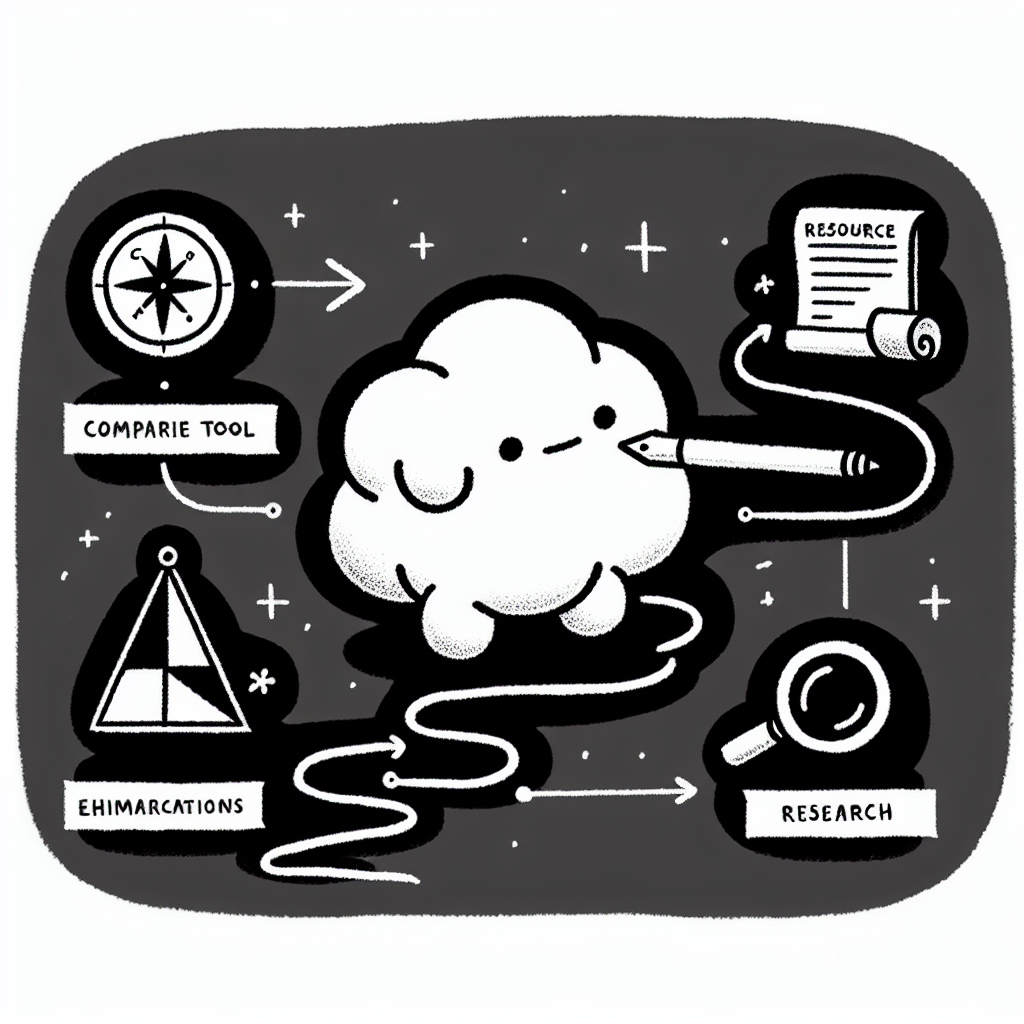Introduction: Why College Acceptance Rates Matter
Understanding college acceptance rates is essential for students and families navigating the admissions process. These rates indicate the percentage of applicants a college admits in a given year, offering insight into how selective and competitive a school is. For example, a college with a low acceptance rate typically receives many applications and admits only a small portion, signaling high competition.
Acceptance rates help students set realistic expectations and build balanced college lists that include reach, match, and safety schools. Families can also use this data to assess the likelihood of admission and make strategic choices about where to apply.
In recent years, college acceptance rates have shifted due to changes in application behaviors and institutional policies. The rise of test-optional admissions, increased use of the Common App, and broader outreach efforts have contributed to record-high application numbers at many institutions, thereby lowering acceptance rates. These trends make it more important than ever to consult a reliable college acceptance rates guide when planning the application process.
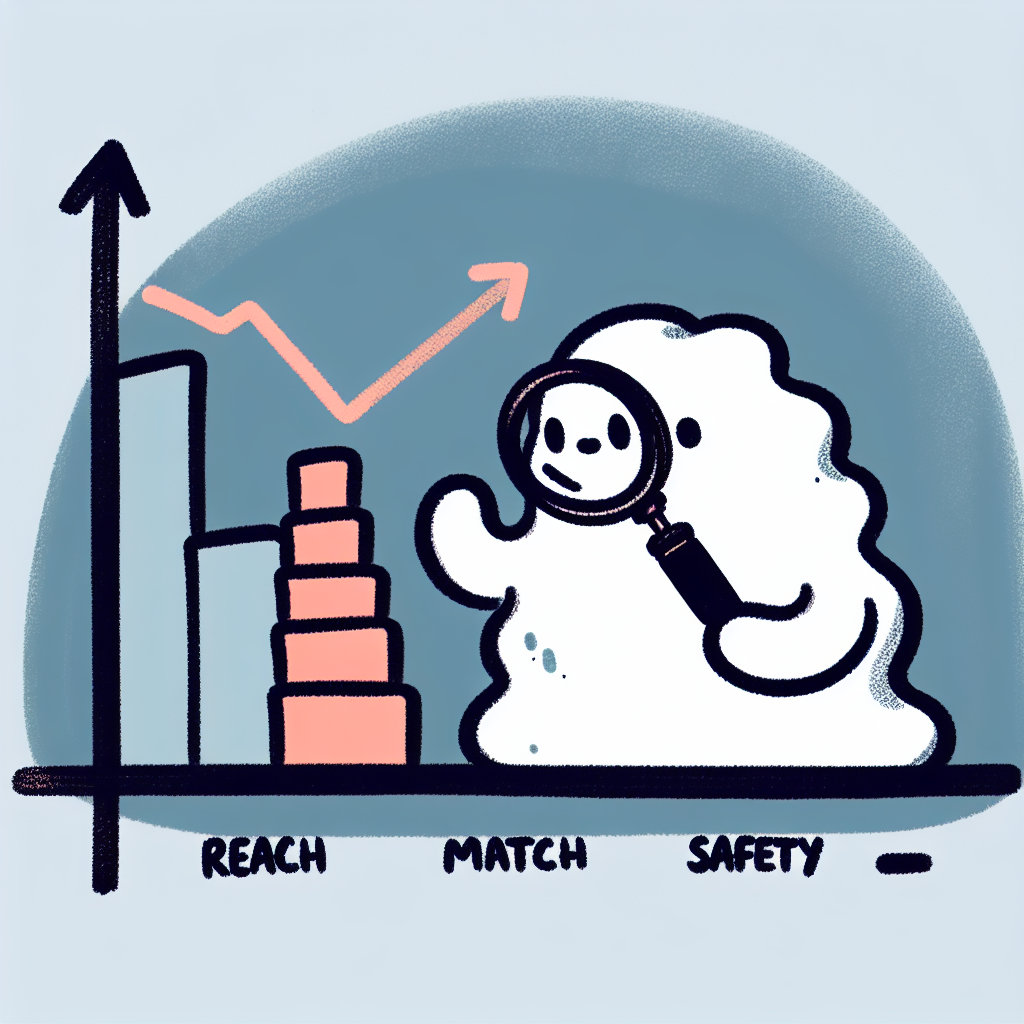
What Are College Acceptance Rates?
Definition and Calculation
In this section of the college acceptance rates guide, it's important to understand what acceptance rates actually represent. A college acceptance rate is calculated using a simple formula:
Acceptance Rate = (Number of accepted students ÷ Number of applicants) × 100
For example, if a college receives 10,000 applications and accepts 1,000 students, its acceptance rate is 10%.
There are different types of acceptance rates:
- Overall acceptance rate: This includes all applicants, regardless of application type.
- Early decision acceptance rate: This is limited to students who apply through an early decision plan, which is typically binding.
- Transfer acceptance rate: This reflects how many transfer applicants are accepted, which can differ significantly from first-year rates.
Each of these rates provides insights into different aspects of a college’s admissions process.
What Acceptance Rates Tell Us (and What They Don't)
Acceptance rates are often used as a measure of selectivity, but they only tell part of the story. A low acceptance rate may indicate that a college is highly competitive, but it doesn't necessarily mean it's of higher quality or a better fit for every student.
Common myths and misconceptions include:
- Believing that a lower acceptance rate always means a better education.
- Assuming that schools with higher acceptance rates are inferior.
To fully understand acceptance rates, it's crucial to consider additional factors:
- Yield rate: The percentage of admitted students who choose to enroll. A high yield rate may indicate strong student interest or institutional prestige.
- Class size goals: Colleges admit a certain number of students to hit enrollment targets, which can affect acceptance rates.
- Institutional priorities: Factors like geographic diversity, legacy status, and athletic recruitment can influence who gets admitted, impacting the acceptance rate.
In the context of this college acceptance rates guide, it's clear that while acceptance rates provide useful data, they should always be interpreted alongside other institutional characteristics and personal fit.
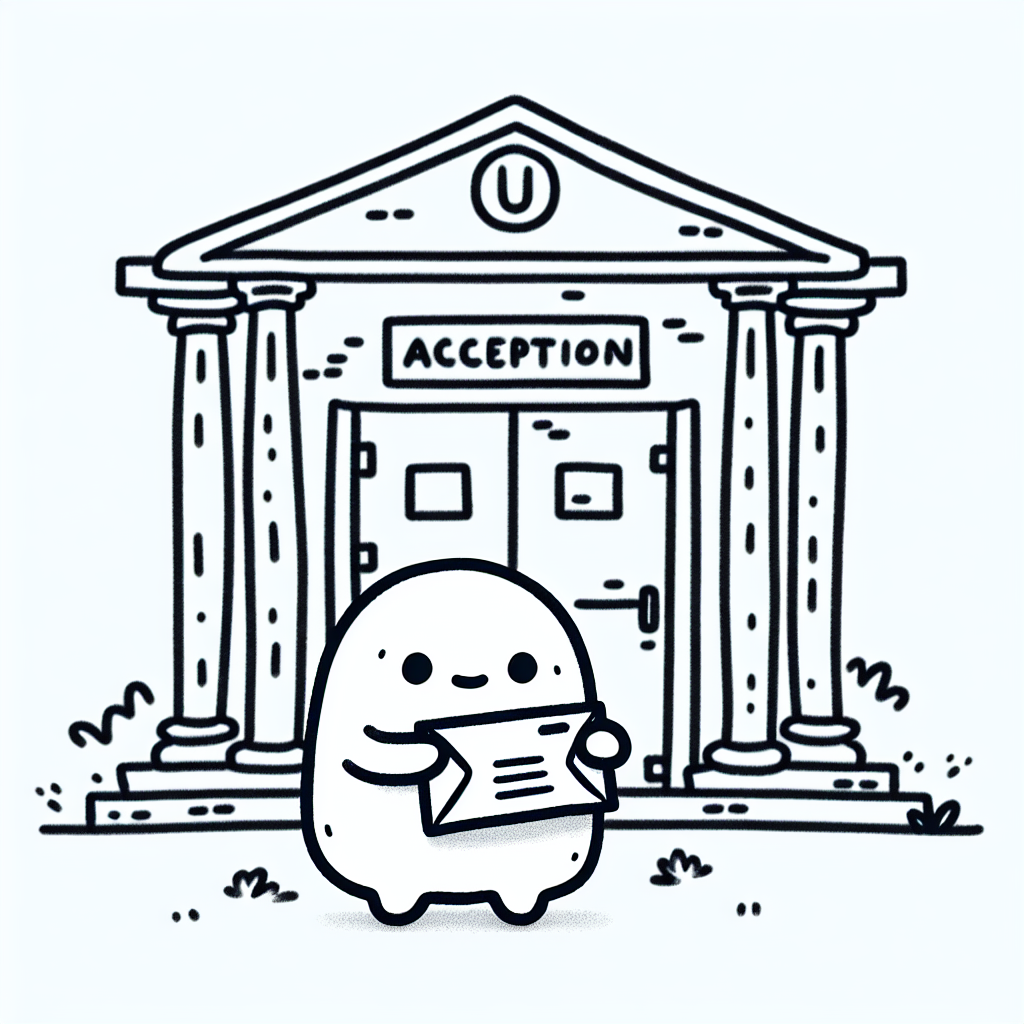
📈 Trends in College Acceptance Rates
Long-Term Historical Trends
Over the past few decades, college acceptance rates have shown a clear downward trend. According to Wikipedia, acceptance rates have declined across the board, driven in large part by a significant rise in the number of applicants since the early 2000s. Increased access to online applications, greater awareness of higher education opportunities, and more students applying to multiple schools have all contributed to this trend. As a result, many institutions have become increasingly selective, making it more competitive for students to gain admission.
Recent Developments at Public and Elite Institutions
Recent years have seen especially sharp declines in acceptance rates at both public and elite private institutions. Since 2008, top public colleges have become significantly more selective, with admission rates dropping steadily, as reported by U.S. News & World Report. Elite private colleges have seen even more dramatic changes. According to College Board’s BigFuture, many of these institutions are now reporting record-low acceptance rates, reflecting both the increase in applicants and the institutions’ rising prestige. These shifts underscore the importance of understanding trends in the college acceptance rates guide.

Key Factors That Influence Acceptance Rates
Volume of Applications
The number of applications colleges receive each year directly impacts acceptance rates. With the rise of the Common Application and the expansion of test-optional policies, more students are applying to a broader range of colleges. This trend has led to a surge in application volume, which in turn lowers acceptance rates as schools become more selective. Additionally, growing international student demand adds to the application pool, further increasing competition.
Admissions Requirements
Despite changes in application volume, core academic standards remain consistent at competitive institutions. According to College Board’s BigFuture, colleges continue to emphasize GPA, standardized test scores (where applicable), academic rigor, extracurricular involvement, and personal statements. These requirements form the foundation for evaluating applicants and play a critical role in shaping acceptance rates.
Institutional Priorities
Colleges also consider internal priorities that influence admissions decisions. Legacy admissions, athletic recruitment, and connections to donors can significantly affect who gets accepted. Additionally, institutions aim to meet goals related to diversity, geographic representation, and balancing enrollment across academic programs. These priorities can lead to differing acceptance rates across applicant groups.
Policy Changes
Recent shifts in admissions policies have had notable effects on acceptance rates. The move toward test-optional and test-blind admissions has changed how applicants present themselves and how colleges assess them. Furthermore, the elimination of race-conscious admissions, as documented in ArXiv, has prompted institutions to adjust their strategies for maintaining diverse student bodies, which may influence both who applies and who is admitted.
These key factors together shape the landscape of college admissions and are central to understanding trends in acceptance rates as outlined in this college acceptance rates guide.

🧠 Tools to Estimate Your Chances of Admission
Understanding how you measure up against a school’s standards is a key part of navigating the college acceptance rates guide. Several tools and metrics can help assess your likelihood of admission.
Admissions Calculators
Admissions calculators are online tools designed to estimate your chances of getting into specific colleges. These tools typically ask for inputs like GPA, standardized test scores, class rank, and sometimes extracurricular involvement. The U.S. News Admissions Calculator is a popular example that uses historical data and school profiles to generate a probability range.
While helpful, these tools have limitations. They often rely on self-reported data and cannot account for subjective factors like essays or letters of recommendation. Use them as a general guide, not a definitive answer.
GPA and Test Score Benchmarks
Most colleges publish the middle 50% range of GPA and test scores for admitted students. This range represents the 25th to 75th percentile and gives an idea of where most admitted students fall. For instance, if a school’s SAT range is 1300–1450, scoring within or above this range generally strengthens your application.
To use this data effectively, compare your academic profile to these benchmarks. Falling below the 25th percentile doesn’t make acceptance impossible, but it does mean your application needs to be strong in other areas. Similarly, being above the 75th percentile doesn’t guarantee admission, especially at highly selective institutions.
Holistic Review Factors
Many colleges use a holistic review process, considering more than just grades and test scores. Essays, letters of recommendation, and demonstrated interest can all play significant roles. A compelling personal statement or a strong endorsement from a teacher can help distinguish you from other applicants.
Colleges also look for institutional fit. This means they assess how well your goals, values, and achievements align with the school’s mission. Understanding and articulating why you’re a good match for a college can improve your chances, even if your stats are average. This is an important nuance in any college acceptance rates guide.

Case Studies: Acceptance Rates Across Different Types of Institutions
Ivy League and Elite Liberal Arts Colleges
Ivy League universities and elite liberal arts colleges consistently report ultra-low acceptance rates, often below 10%. These institutions receive tens of thousands of applications annually, but admit only a small fraction of applicants. The trend in recent years shows increasing selectivity, driven by a surge in applications and limited spots. For example, schools like Harvard and Stanford have reported acceptance rates under 5%, reflecting their competitive nature and rigorous admissions standards.
Top Public Universities
Top public universities, such as the University of Michigan and the University of California system schools, maintain competitive admissions processes. However, they typically have larger class sizes, which allows them to accept more students than smaller private colleges. This results in slightly higher acceptance rates, often ranging between 15% and 40%, depending on the program and campus. According to U.S. News, these institutions balance competitiveness with accessibility, especially for in-state applicants.
Regional and Less-Selective Colleges
Regional universities and less-selective colleges tend to have significantly higher acceptance rates, some exceeding 70% or even offering open admissions policies. Many of these schools operate on rolling admissions, allowing students to apply and receive decisions throughout the year. These institutions focus on accessibility and affordability, making higher education more attainable for a broader range of students. Their mission often centers on serving local communities and providing flexible pathways to a degree.
This section of the college acceptance rates guide illustrates how different types of institutions vary widely in selectivity, influenced by their size, mission, and applicant demand.
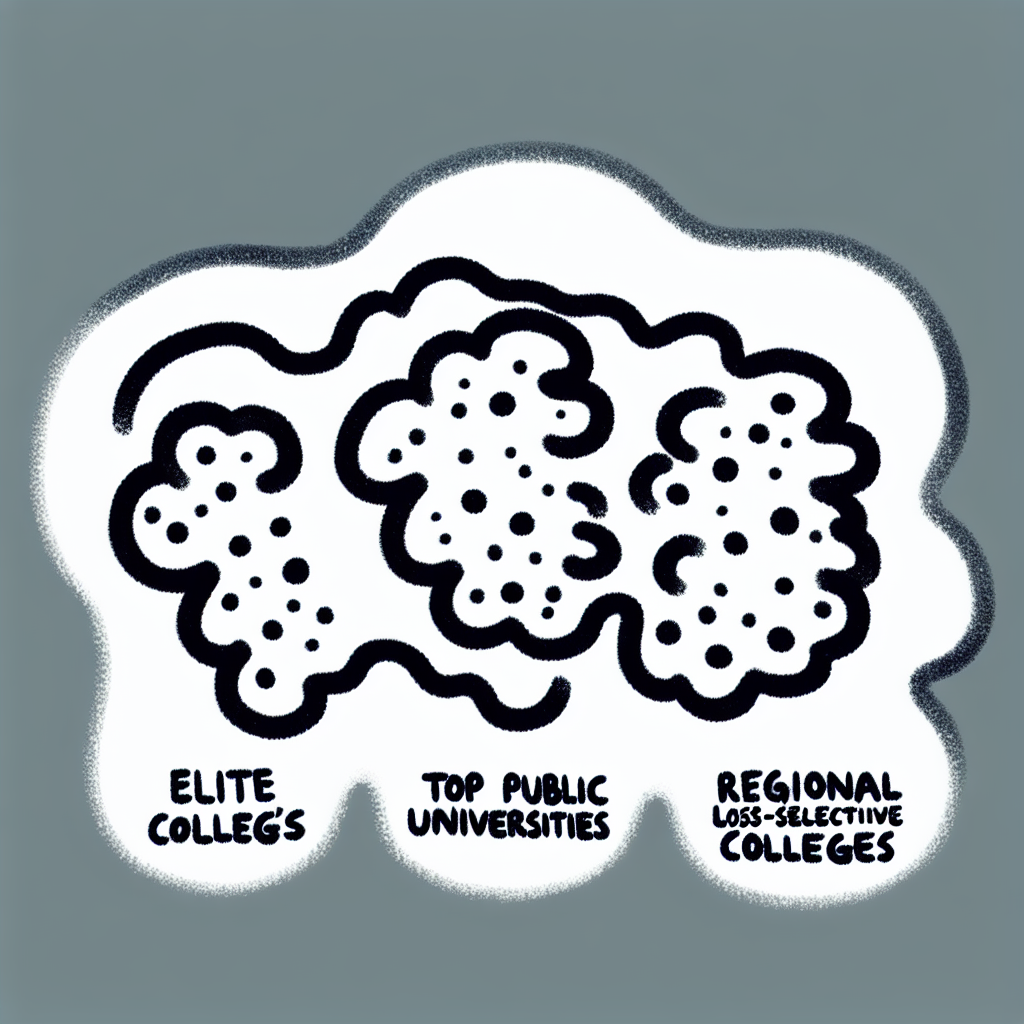
The Bigger Picture: Social and Policy Implications
Equity and Access
Shrinking college acceptance rates have significant implications for equity and access, particularly for underrepresented students. As competition intensifies, students from marginalized backgrounds may lack the resources—such as counseling, test preparation, or legacy status—to navigate complex admissions processes effectively. This can widen existing disparities in higher education access.
Policy shifts also play a critical role in shaping enrollment demographics. For instance, recent changes in affirmative action and financial aid policies can either mitigate or exacerbate inequity. According to a study published on ArXiv, institutional decisions around admissions criteria and outreach have measurable impacts on who ultimately gains entry, highlighting the need for data-driven policy reforms to ensure more equitable outcomes.
Public Perception and Rankings Pressure
The obsession with college rankings has contributed to a surge in applications, a phenomenon known as application inflation. As schools strive to improve their selectivity metrics—often a key component of ranking algorithms—they encourage more applicants than they can admit, further driving down acceptance rates. This creates a feedback loop where perceived prestige leads to increased demand, which in turn lowers acceptance rates, reinforcing the cycle.
To maintain or enhance their rankings, institutions may also employ strategic admissions practices. These include Early Decision (ED) and Early Action (EA) programs that lock in a portion of the class early, improving yield rates. Additionally, some schools engage in yield protection—admitting students more likely to enroll while rejecting or waitlisting highly qualified applicants who may be seen as unlikely to attend. These tactics can distort the college acceptance rates guide, making it more difficult for applicants to interpret their chances accurately.
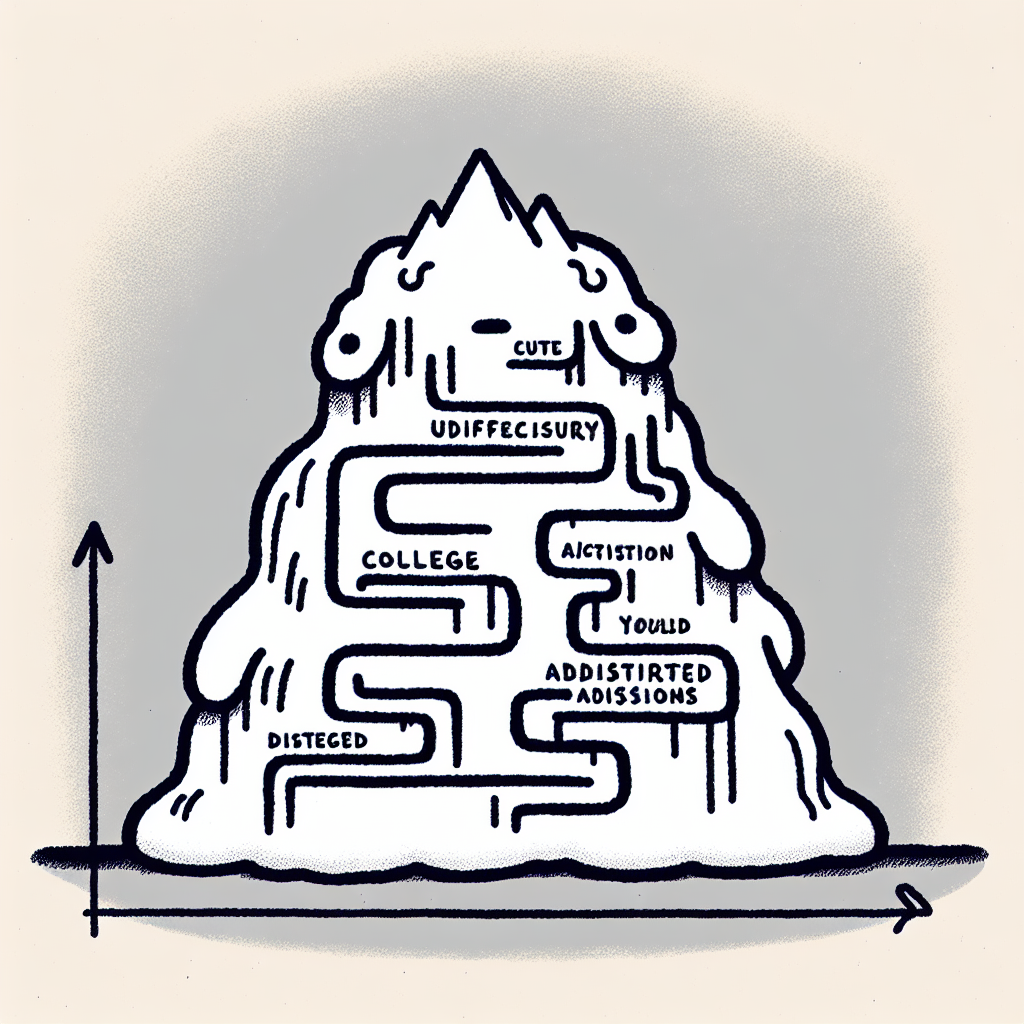
How to Navigate the College Admissions Landscape
Building a Balanced College List
A key strategy in any college acceptance rates guide is developing a well-balanced list of institutions that includes reach, match, and safety schools. Reach schools are those where your academic credentials fall below the school's average admitted student profile. Match schools are those where your qualifications closely align with the average student, while safety schools are ones where your profile exceeds the typical admitted student.
To make informed decisions, institutional research is essential. Platforms like College Board’s BigFuture provide data on acceptance rates, average test scores, and other critical factors. This helps students assess their chances more accurately and build a realistic and strategic list.
Preparing a Strong Application
A strong application directly impacts your likelihood of acceptance. Align your academic record—GPA, coursework, and standardized test scores—with the expectations of your target schools. If your academic profile falls short, consider applying to more match and safety schools or taking steps to strengthen your credentials.
Personal statements and letters of recommendation also carry significant weight. Personal essays should highlight your individuality and growth, while recommendations should come from individuals who can speak to your academic potential and character. Both components help distinguish your application in a competitive pool.
Staying Informed and Adaptive
The college admissions process is constantly evolving. To stay competitive, monitor trends such as changes in standardized testing policies or shifts in acceptance rates. Resources like Wikipedia offer overviews of recent developments and historical context.
Policy changes—such as the move to test-optional admissions or updates to affirmative action—can have a direct impact on your application strategy. Being informed allows you to adapt your approach and make decisions that align with the current admissions landscape, a crucial step in any college acceptance rates guide.

Conclusion: Making Smart, Informed Choices
When navigating the college admissions process, it's important to remember that acceptance rates are just one piece of a complex puzzle. While they offer useful context, they don't define the full story of a school or a student's potential fit there.
Instead of focusing solely on how selective a college appears, students should prioritize personal fit, academic preparation, and authentic self-representation in their applications. A school with a higher acceptance rate may offer better academic programs, campus culture, or support services aligned with a student’s goals.
This college acceptance rates guide is designed to empower students and families with the data and strategy needed to make informed decisions. By understanding what acceptance rates do—and do not—convey, students can apply more strategically and confidently pursue colleges where they can thrive.

Citations and Resources
To further explore the data and trends discussed in this college acceptance rates guide, the following resources provide valuable information:
- College Board’s BigFuture: Offers a comprehensive tool for comparing college acceptance rates, application requirements, and decision timelines.
- U.S. News Admissions Calculator: Helps students estimate their chances of admission based on individual academic profiles and standardized test scores.
- U.S. News on Public College Trends: Analyzes historical patterns and recent shifts in acceptance rates among top public universities.
- Wikipedia: College Admissions in the U.S.: Provides an overview of the U.S. college admissions process, including factors that influence acceptance rates.
- ArXiv: Algorithms and Policy Impacts: A research paper examining how algorithmic decision-making and policy changes can affect college admissions outcomes.
Each of these sources contributes important context and data to support a deeper understanding of college acceptance rates and the factors that influence them.
